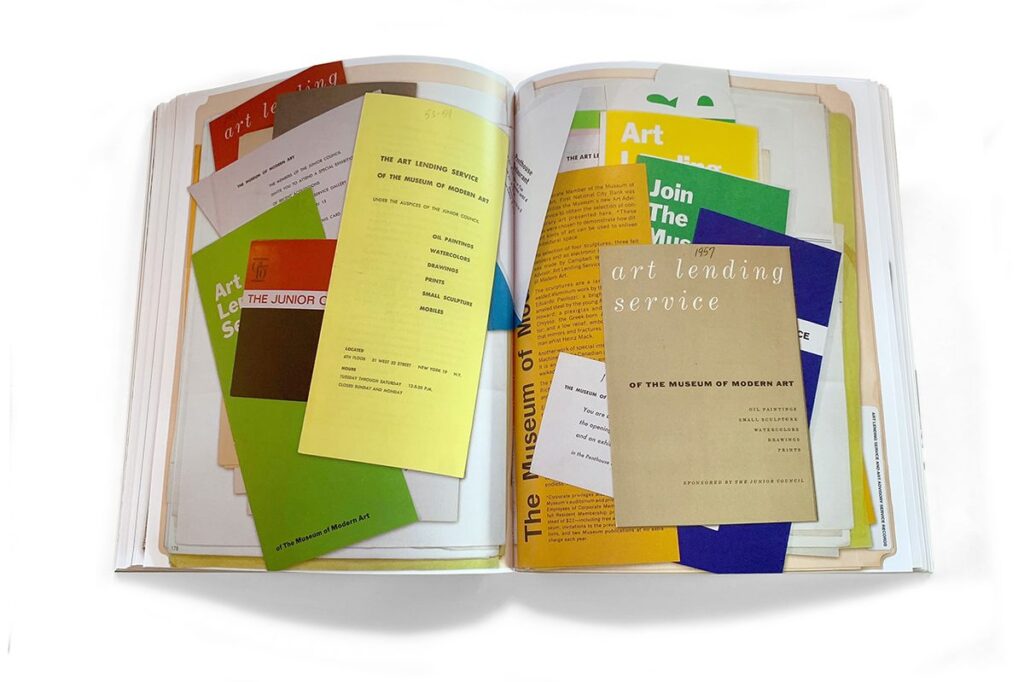Adding a piece to MoMA’s archive is rarely an accident. The choice to use just one frame from Marrakesh demonstrates how even a subdued image may have a profound impact on rewriting artistic histories. Along with capturing the beauty of a Moroccan street, the shot also captures the flow of everyday life, all of which are subtly captured. The image’s ability to represent both architecture and atmosphere—modernity and tradition in one very comparable moment—makes it especially useful.

The MoMA Archives are living resources where each acquisition fortifies ties spanning decades, not just repositories of information. MoMA has significantly expanded the breadth of its narrative by include Marrakesh in its extensive holdings. Its architectural archive previously had a strong emphasis on American and European modernism. Marrakesh enters the conversation with this frame, demonstrating that creativity is not limited by location. MoMA has increased its focus on global viewpoints over the last ten years, and this addition seems particularly apparent in expressing that goal.
| Title of Work | Untitled Frame, Marrakesh |
|---|---|
| Location Captured | Marrakesh, Morocco |
| Photographer | Not publicly disclosed |
| Institution | Museum of Modern Art Archives, New York |
| Year of Inclusion | Recent archival acquisition |
| Collection Focus | Photography documenting modern cultural and architectural history |
| Related Programs | MoMA Photographic Archive, Oral History Program |
| Reference | Museum of Modern Art Archives (moma.org) |
The image itself defies simple classification. It is neither a planned arrangement nor a tourist photo. Rather, it seems remarkably adaptable—it can be interpreted as a meditation on light, an architectural analysis, or a social document. This adaptability is quite effective for curators because it enables the piece to be cited in many academic projects. Its textures evoke the same classic features that were originally praised in simple materials by architects such as Le Corbusier or Mies van der Rohe. The photograph transforms from an image into a connecting thread by utilizing these cross-references.
Millions of people turned to internet platforms for inspiration during the epidemic, and MoMA’s own online growth made archives more accessible to audiences around the world. Once a piece of film, the Marrakesh frame is now a part of this expanding digital memory. It illustrates how even a single acquisition can have a tremendously rich cultural return while requiring surprisingly little effort. Because it captures both what was seen and felt—a fleeting moment that seems to be waiting to be rediscovered—its perspective seems incredibly trustworthy.
The history of MoMA serves as a reminder of the power of a single show to alter public opinion. Americans’ perceptions of design were altered in 1932 when Frank Lloyd Wright and Le Corbusier were featured in its International Style building show. The Marrakesh frame continues that tradition with its human presence, arches, and narrow streets rather than its imposing towers. Scholars have recently noted how these subtle contributions are especially novel in that they give common visual culture the same respect as great works.
Additionally, there is the symbolic significance of Marrakech itself. The city, which has long been hailed as a crossroads, represents the complex interactions between Africa, Europe, and the Middle East. The image, which is housed at MoMA, serves as evidence of this discussion. MoMA has considerably lessened the risk of erasure that frequently looms over non-Western tales by including them within its holdings. This choice has been incredibly successful in expanding the museum’s scope and making sure that academics look beyond the well-known canon.
Marrakesh has long served as a source of inspiration for artists; Yves Saint Laurent established his haven there, and modern photographers are still captivated to its rainbow of hues. MoMA’s decision to conserve a single frame is in line with this continuing story, which has a resonance that seems remarkably resilient. It tells up-and-coming artists that if their view is recorded with integrity, it may have a global impact. By means of deliberate conservation, MoMA establishes a link between a doctoral student’s study workstation in New York and a street corner in Marrakech.
This frame also alters the value that audiences place on photos. A century ago, the emphasis was on staged portraits or imposing structures. Curators now understand that closeness has just as much power. Despite the absence of celebrity people or dramatic setting, the Marrakesh shot has a poetry that seems to have an emotional impact much more quickly. A viewer can be transported with just a glimpse, demonstrating that sometimes a frame doesn’t have to yell to be heard.

